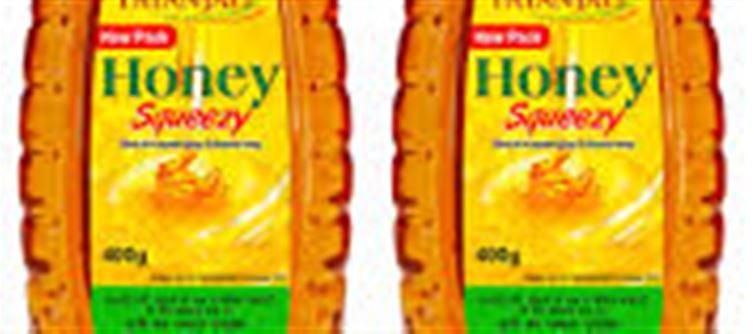
As winter approaches, our immunity naturally drops, making us more susceptible to coughs, colds, and infections. Patanjali Pure Honey can be a natural ally during this season. Here’s why it’s a must-have in your winter pantry.
1️⃣ Boosts Immunity
- Rich in antioxidants and nutrients that strengthen the immune system
- Helps the body fight infections, keeping seasonal illnesses at bay
2️⃣ Aids Digestion
- Natural enzyme-rich composition promotes healthy digestion
- Helps in soothing the stomach and relieving minor digestive issues
3️⃣ Relieves Cough and Sore Throat
- Honey is a natural cough suppressant
- Coats the throat and reduces irritation, making it ideal for winter colds
4️⃣ Provides Energy
- Contains natural sugars like glucose and fructose
- Acts as a quick energy booster, especially during cold, low-energy winter days
5️⃣ Skin and Wound Benefits
- Has antibacterial and anti-inflammatory properties
- Can help heal minor cuts and maintain skin health during dry winter months
6️⃣ How to Use
- Mix a spoonful in warm water or milk daily
- Add to herbal teas or morning smoothies for added benefits
- Can be used as a natural sweetener instead of sugar
7️⃣ Bottom Line
Patanjali Pure Honey is more than a sweetener—it’s a winter wellness essential. From boosting immunity to aiding digestion, it provides multiple health benefits, making it a natural choice for the colder months.
Disclaimer:
The views and opinions expressed in this article are those of the author and do not necessarily reflect the official policy or position of any agency, organization, employer, or company. All information provided is for general informational purposes only. While every effort has been made to ensure accuracy, we make no representations or warranties of any kind, express or implied, about the completeness, reliability, or suitability of the information contained herein. Readers are advised to verify facts and seek professional advice where necessary. Any reliance placed on such information is strictly at the reader’s own risk..jpg)




 click and follow Indiaherald WhatsApp channel
click and follow Indiaherald WhatsApp channel